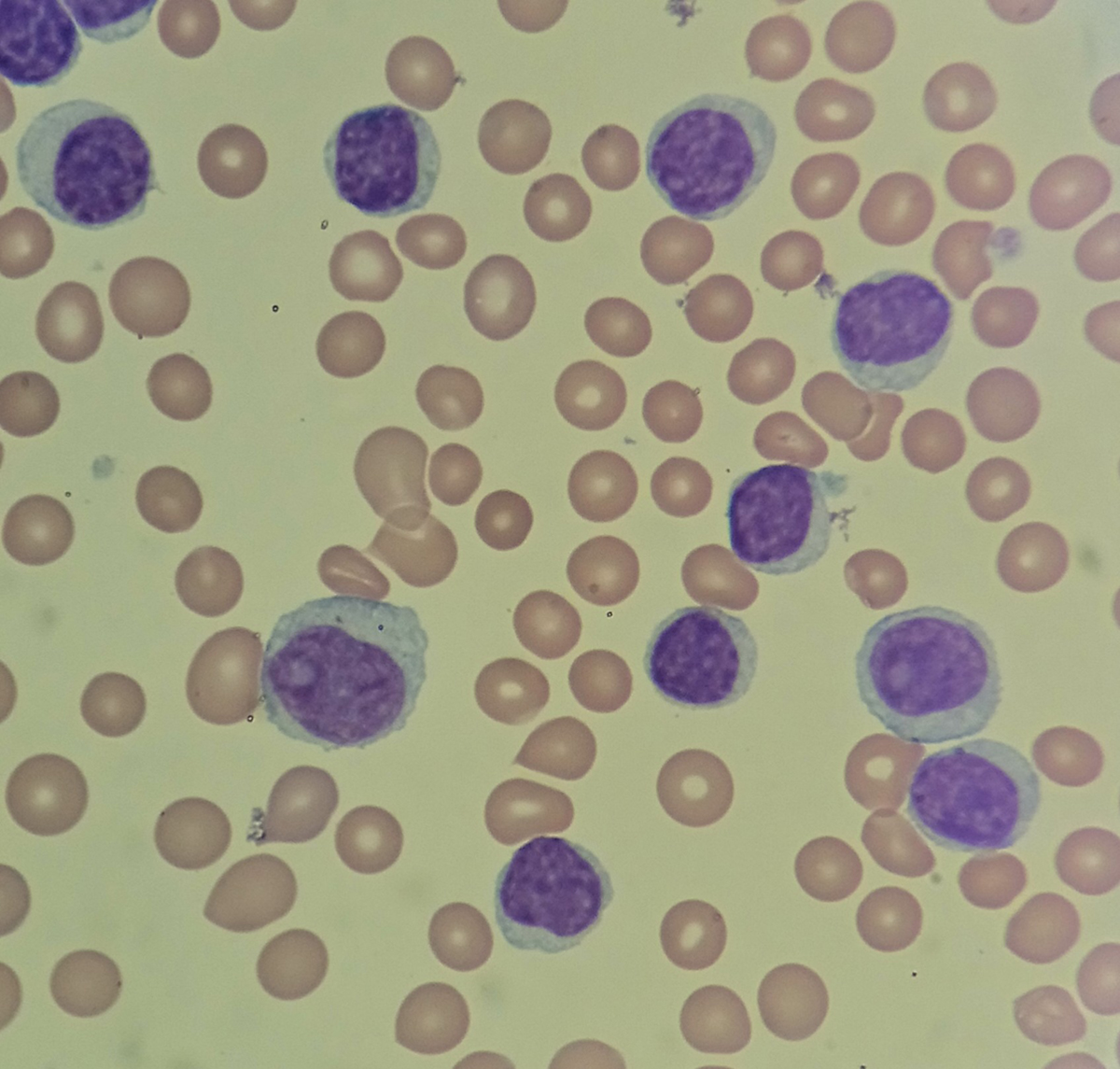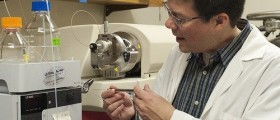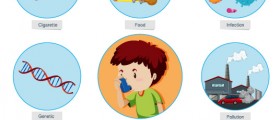
Causes of leukemia
Scientist didn’t discover the exact causes of leukemia, so the doctors rarely may say why someone got leukemia. It is most likely that combination of different factors lead to this illness. Usually, these are genetic predisposition and environmental influence.
Leukemia develops when the DNA (genetic material) of some blood cells get mutated. DNA could be damaged by mutation or lost, and those errors are past onto the next generations of the blood cells. Those mutated blood cells grow faster, live longer than normal blood cells, and also, they have a tendency to accumulate in the body. They never mature properly and therefore lose their function in the body. All these changes affect the body and cause symptoms of leukemia.
Leukemia Classification
Specialists differentiate leukemia upon on the growth speed and the type of affected cells.
Acute leukemia involves immature blood cells. Those cells progress fast and the patient’s condition is rapidly getting worse. Treatment must be applied quickly and is usually quite aggressive. Chronic leukemia sometime might go without the proper diagnose for years. This type of leukemia involves more mature blood cells. They could multiply and function more or less normally, and that’s why it may have no symptoms.According to the type of the white blood cells which are affected by mutation, there are:
Lymphocytic leukemia, affecting lymphpocytes. These blood cells are the basis of the immune system.Myelogenous leukemia, affecting the myeloid cells, which differentiate into the red, white, and platelet producing cells.Types of leukemia
The common types of leukemia are:
Acute lymphocytic leukemia (ALL) – usually affects children, rarely adults.Acute myelogenous leukemia (AML) - It could affect both children and adults.Chronic lymphocytic leukemia (CLL) this is the most common leukemia in adult people, but very rare in children. This is the type of leukemia that might go undiagnosed for years.Chronic myelogenous leukemia (CML) usually affects adults. Sometimes, it may be months or years before the first symptoms appear. Hairy cell leukemia is a rare type of leukemia.Risk Factors
Anything that increases a chance of developing the illness is considered to be a risk factor. Even though you identify some of the risk factors as present, it doesn’t mean that you will definitely get sick. Also, some people suffering from leukemia never had any of the risk factors.
Risk factors for leukemia include:
Chemotherapy and radiation, used in cancer treatmentsExposure to extreme levels of radiationExposure to different chemicals (like benzene, found in chemical industry or gasoline) Smoking amplifies the potential risks of acute myelogenous leukemia.Genetic and blood disorders, such as Down or myelodysplastic syndromes Genetic predisposition (risks of getting leukemia are much higher if anyone in your family already had the illness)















Your thoughts on this
Loading...